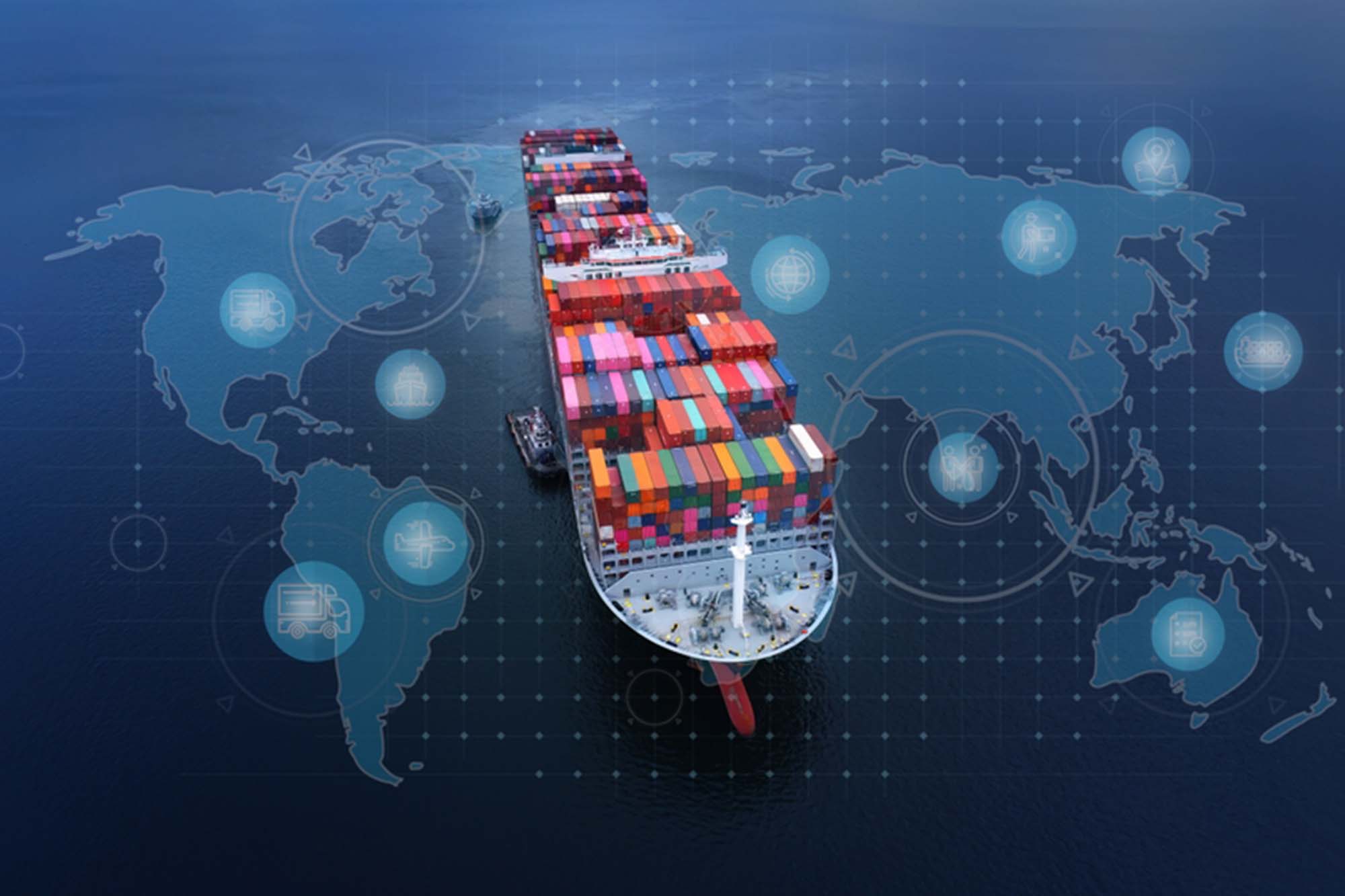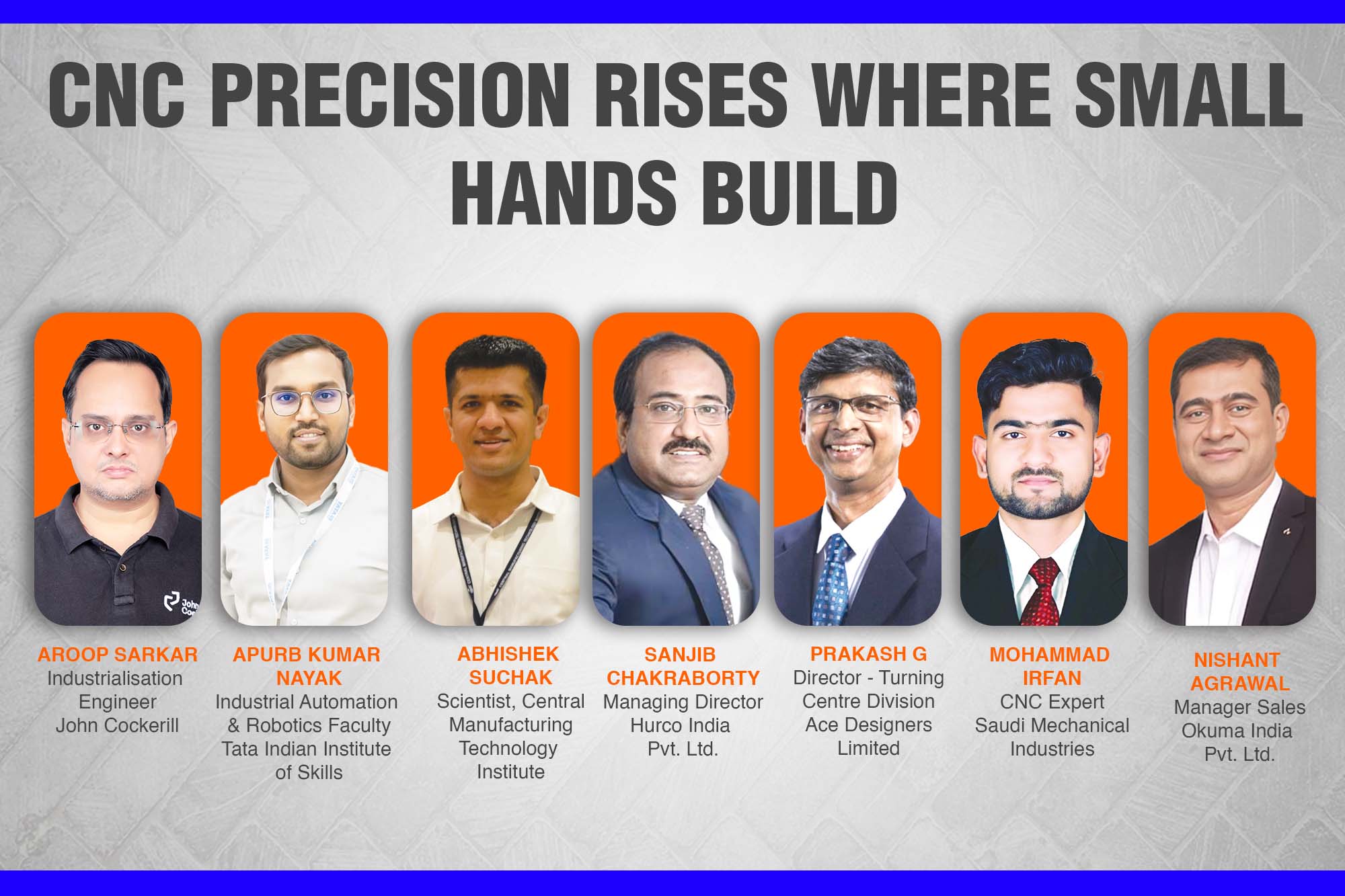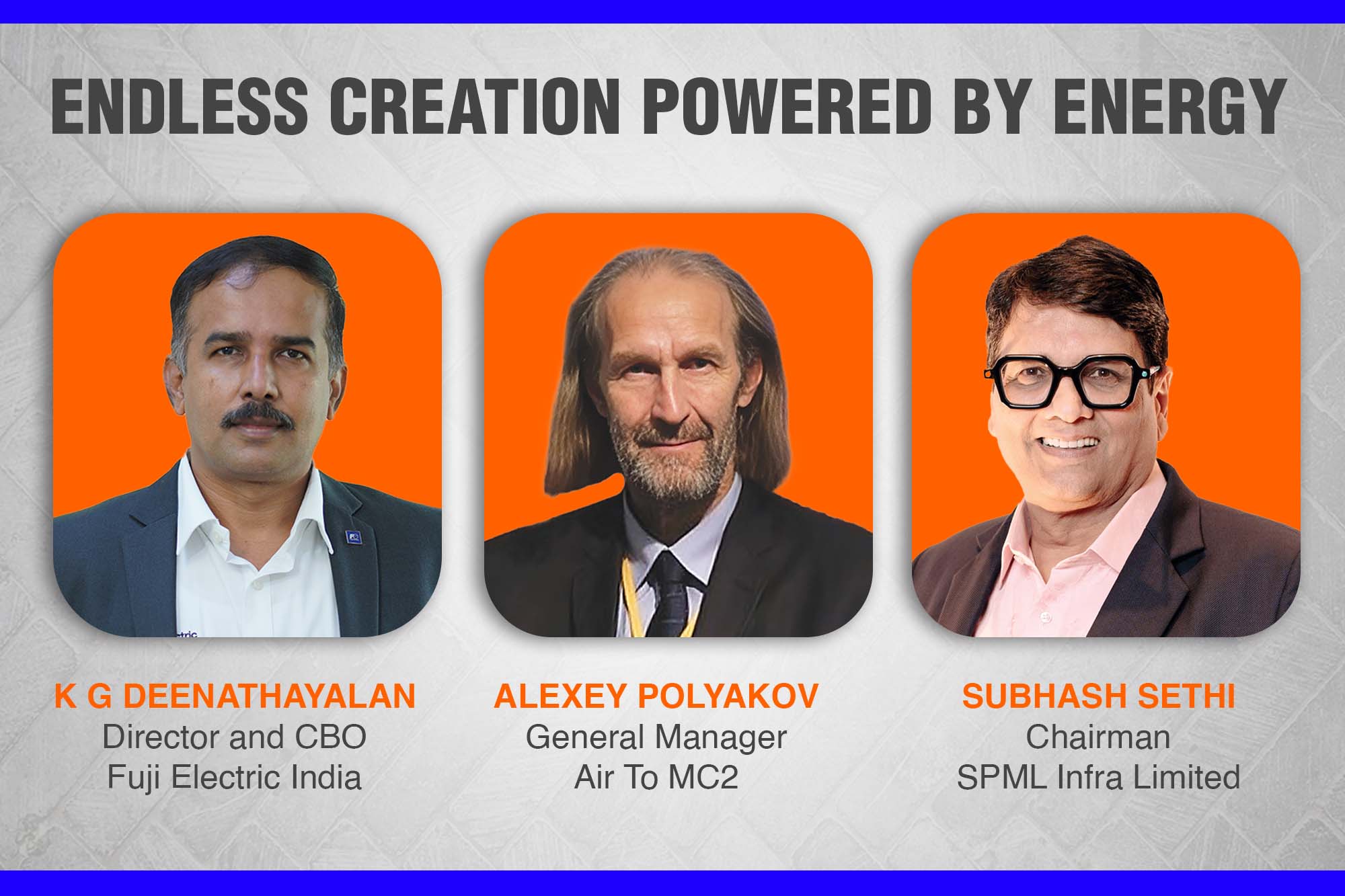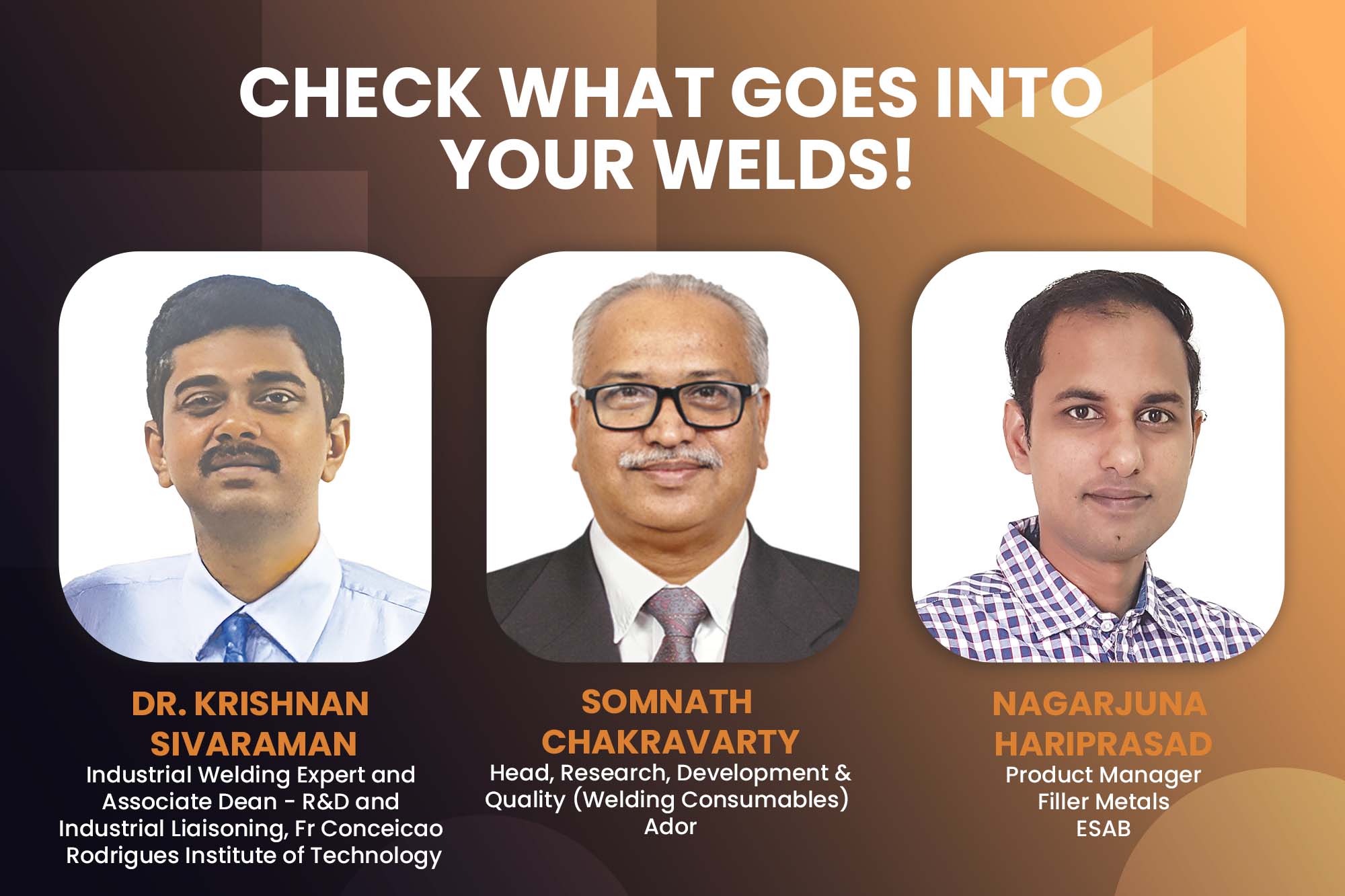The eyes of tomorrow
By OEM Update Editorial July 22, 2024 6:41 pm IST
Machine vision is a cornerstone of Industry 4.0, along with automation, AI, and smart technologies. It enables machines to see, interpret, and act with remarkable efficiency in an array of industries, from healthcare and manufacturing to FMCG. Key industry players share the future of machine vision and how it will be shaped.
Machine vision solutions (MVS) have existed for over 15 years and are now synced with Industry 4.0. This technology is embedded in smart manufacturing and IoT applications. With this technology, you can refer to a relevant paper on LinkedIn via the provided QR code.
Machine vision mimics human vision, allowing machines to acquire, analyse, and interpret visual data, ultimately making informed decisions. For example, automated guided vehicles (AGVs) use machine vision to navigate by following visual cues.
Gartner’s Hype Cycle* illustrates the rising importance of machine vision, which is deeply intertwined with AI and machine learning. With advancing technologies, machine vision applications expand from smart robots to augmented and virtual reality. Machine vision systems consist of visual sensors that process and analyse images, transforming them into actionable intelligence.
Shirish Kulkarni, Founder & MD, Strota ConsulTech Pvt Ltd shares that machine vision include material inspection, object recognition, and quality assurance. The market for machine vision, valued at $2.6 billion in 2023, is growing at 11.7% CAGR. Key players like Canon, Sony, Nvidia, and Intel are driving advancements in this field.
In automotive manufacturing, machine vision is used for inspection, measurement, and assembly guidance. Inventory management, barcode reading, scrap reduction, and predictive maintenance also apply. The technology also plays a significant role in healthcare imaging.
Applications
Safal Somvanshi, Vertical Head—Packaging, Cognex India, notes that the Indian market is at a very nascent stage of automation. The automotive industry is utilising machine vision solutions for security as it recognises the impact of faulty parts, helping companies recall or repair them on time.
Other compliance-related markets like FMCG and packaging are now regulating it. For instance, consider liquor traceability, such as tracking liquor prices in states. Liquor may be cheaper in Delhi than in Uttar Pradesh despite the adjacent two states. The disparity may be due to the transfer of liquor from one state to another for selling. This incurs a huge loss to the government. With compliances, machine vision can trace the product. India’s food and FMCG companies, like P&G, Nestle, and Unilever, are implementing machine vision technology. Implementation brings productivity improvements and reduces product scrap or false rejections. This shift is changing the overall efficiency and competitiveness.
Technologies used for MVS
MVS involves three technologies. The first is barcode printing, and the second is printing alphanumeric characters using a specific technology. Several technologies are available for this purpose. For instance, laser printing provides precise results, while technologies like injection printing can be unpredictable based on substrate gap and equipment performance. The third component is vision. While the process includes multiple components, following industry standards and guidelines can simplify it.
Traceability and data
Market trends suggest that manufacturers and users are eager to have an application handy on their cell phones to trace the entire throughput of the product. During the inspection process, consider that there is a sudden change from the original product. Users expect that the product should be rejected. They should receive a trigger message seeking approval, and the continuation or termination depends on their command. Self-learning capabilities in machine vision or deep learning are also expected.
Vision-driven technology handles complex data streams from edge detection, but challenges arise in analysing and interpreting this data. When bank cards are hacked, AI is used to detect such issues. However, if AI makes a mistake, the company receives calls from unaffected users claiming they used their cards elsewhere. For example, if AI detects card misuse in another country, this leads to significant support and costs for the card company, the bank, and the entire system. AI currently performs these tasks, and refining the AI to enhance its intelligence is important. Card companies must exchange data with one another. Companies like MasterCard, Visa, and those using the UPI framework are exploring data exchange to improve their services for data sharing in the financial sector.
Linking a product to a machine line is sensitive as it impacts the company’s integrity. The company’s sensitive data, such as the number of defective or good parts of manufacturers, is crucial for their operations. Human-related data makes it even more critical for the company and the individual. For instance, fertility clinics are gaining popularity due to a growing preference for these services amidst a declining population. The fertility business faces a challenge while using CT scans to train AI models, as they contain sensitive individual data, making them difficult to use. For example, a small Italian service company is struggling to handle a million machine learning and AI cases, requiring data from multiple fertility clinics across Italy, Spain, and other countries. Based in Poland, the company faces challenges in managing paperwork and obtaining consent for data collection. They are also liable for data breaches, increasing the agency’s liability. The company faces numerous legal issues and needs a combination of data from various fertility clinics to manage the complex process.
FutureRobots outperform humans in structured examination areas where ChatGPT can get data while deciphering and interpreting. Still, they are also ahead in something as simple as hitting a tennis ball. Does this appear as a scare for humans? Aaloka Anant, CEO & Founder of MAYA Data Privacy Limited, shares, “The only argument for humans and machines is the idea of parallel existence. Technology has existed for centuries, but it has received a spurt. The inclusion of robots does not undermine human work quality. When IBM built a supercomputer called Deep Blue to beat Garry Kasparov (Chess Master) in chess 20 years ago, did people stop playing chess? No! People are playing chess today. Nobody lost interest because the robot was better.”
The change is adapted and inculcated into daily life. A few decades ago, the world was unfamiliar with the internet, and now it has taken over, while parts of Africa still lack access to it. The whole generation keeps shifting; thus, people will not be replaced, especially in sensitive areas like healthcare and nursing practice.
The AI revolution needs to cascade down to smaller companies, particularly SMEs, which are currently a stronghold for India. Microsoft has acquired ChatGPT, indicating that the AI revolution needs to be global rather than local. ChatGPT initially began as an open-source project with a non-profit design, but it has become profitable with time. Privacy-enhancing technology is being developed and marketed to smaller companies that cannot build such systems themselves. However, Google and Microsoft have this technology, which has been used for years and has never been revealed to the world.
As we transition from rule-based to AI-based and deep learning-based machine vision, systems become more intelligent and capable of interpreting complex data. This evolution brings extra precision and responsiveness to machines in various environments.
Machine vision combined with AI enables real-time interaction and decision-making. This technology empowers robots with added perception, dexterity, and adaptability, showcasing its transformative impact on industries. Machine vision is used in modern technological advancements and deeply integrated into AI and industry applications. Embracing this technology will drive innovation and efficiency across various sectors.
*(Gartner’s Hype Cycle is a graphical depiction of a common pattern that arises with each new technology or other innovation. Each year, Gartner creates more than 90 Hype Cycles in various domains as a way for clients to track technology maturity and future potential. The 2022 Gartner Hype Cycle™ for Artificial Intelligence (AI) identifies must-know innovations in AI technology and techniques beyond the everyday AI already being used to add intelligence to previously static business applications, devices and productivity tools.)
——————————————————
Safal Somvanshi, Vertical Head- Packaging, Cognex India.
“Machine vision is reshaping the automation landscape by driving efficiency in sectors like automotive and FMCG. Innovations in barcode and alphanumeric printing are fueling this transformation.”
Shirish Kulkarni, Founder & MD, Strota ConsulTech Pvt Ltd.
“Machine vision mimics human sight, allowing machines to analyse and interpret visual data. It is used by industries from manufacturing to healthcare, expanding applications with AI and machine learning.”
Aaloka Anant, CEO & Founder, MAYA Data Privacy Limited.
“AI-powered machine vision assists the manufacturing industry with real-time decision-making, enhancing robots’ perception and adaptability, and driving unprecedented innovation and efficiency across diverse sectors.”
Cookie Consent
We use cookies to personalize your experience. By continuing to visit this website you agree to our Terms & Conditions, Privacy Policy and Cookie Policy.















